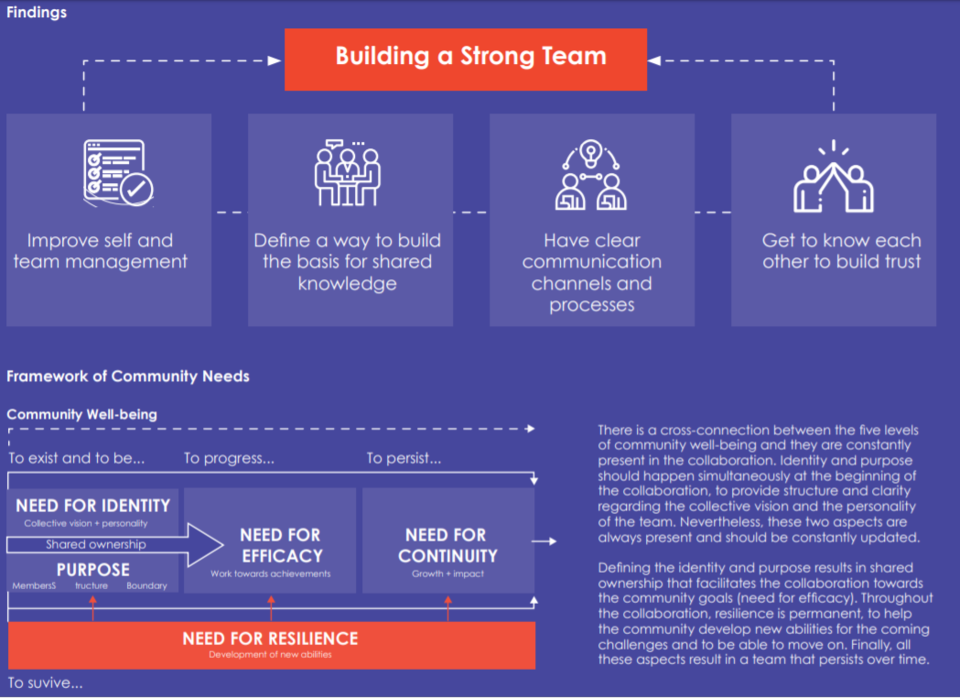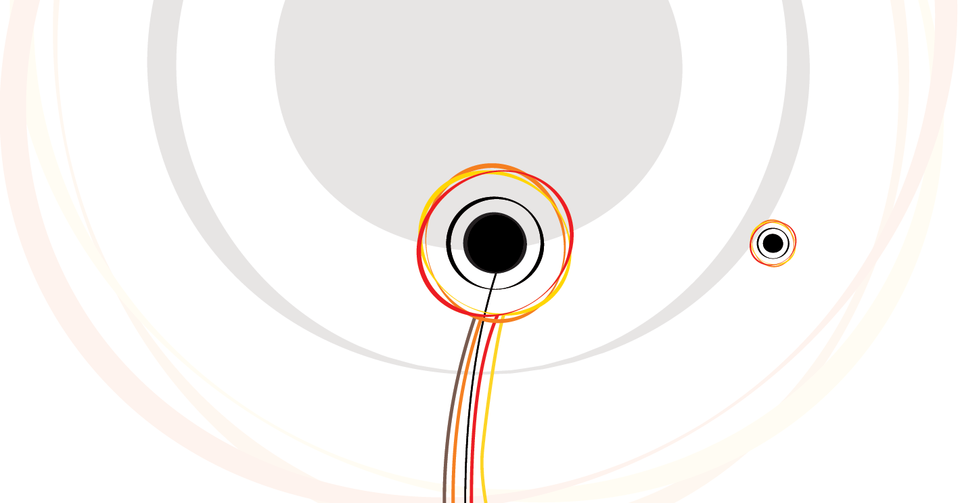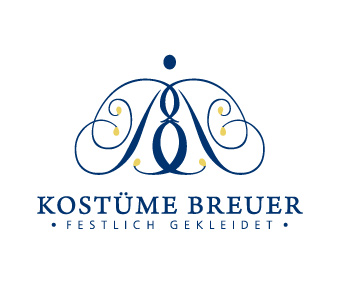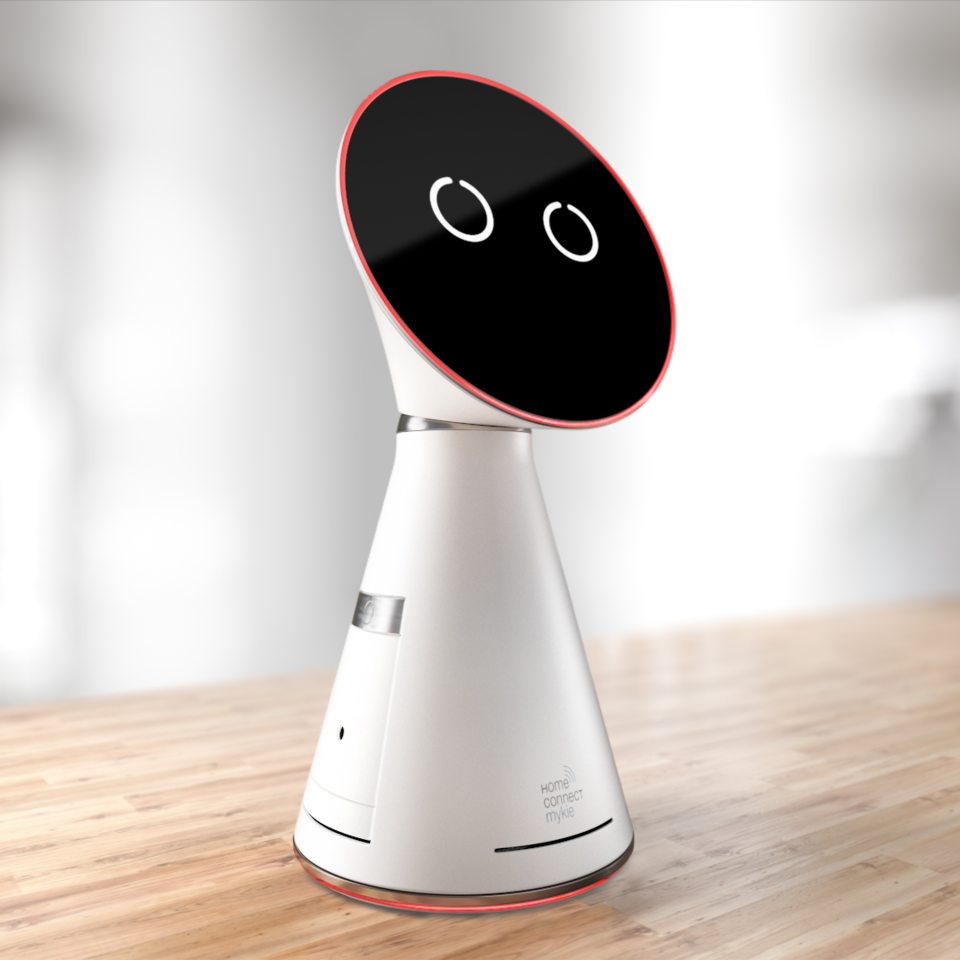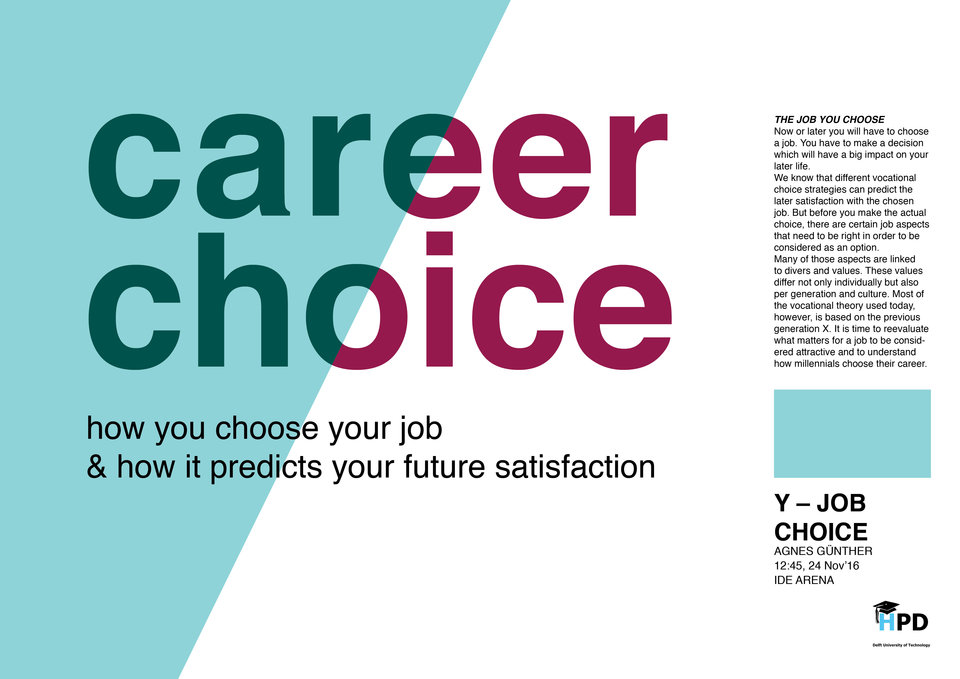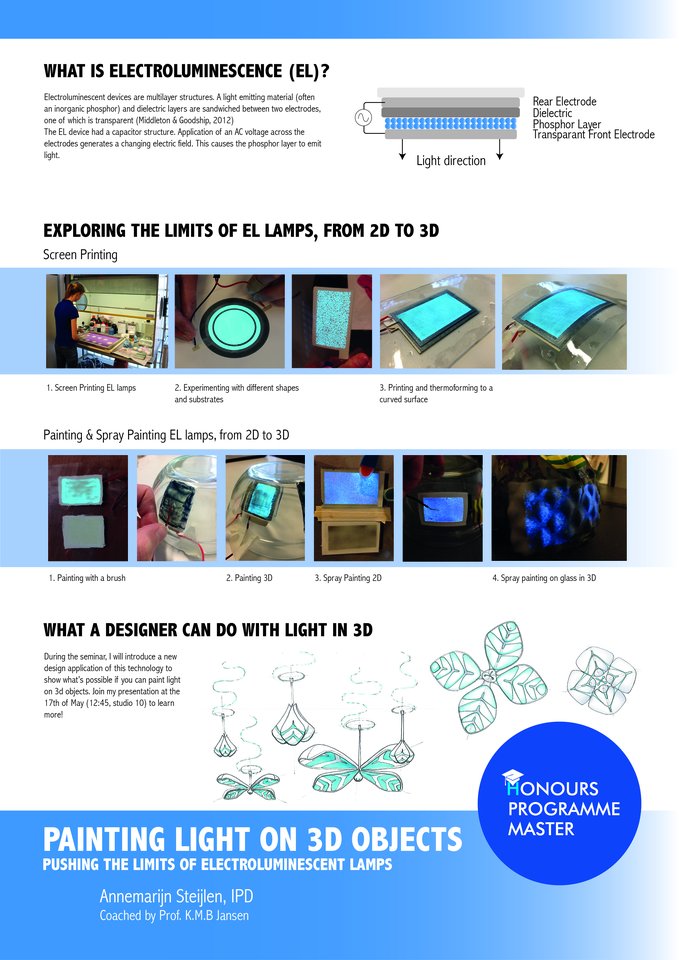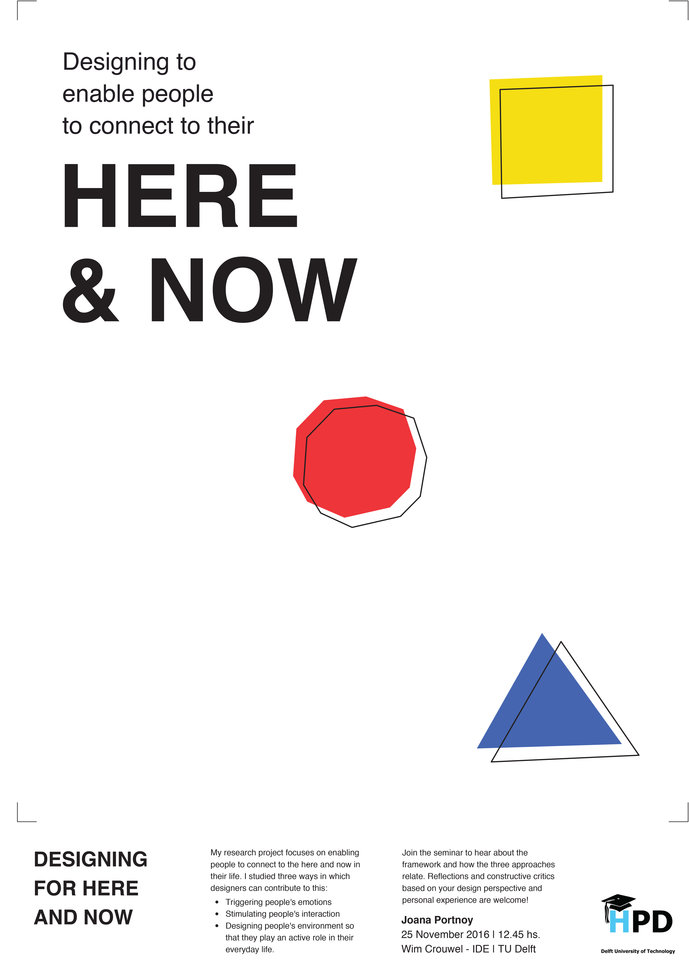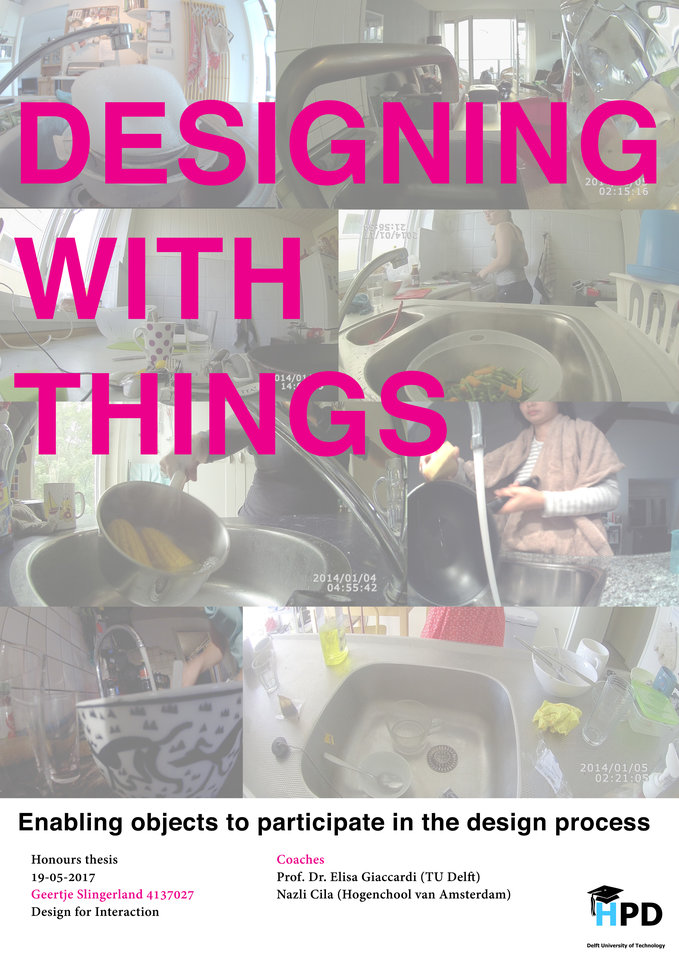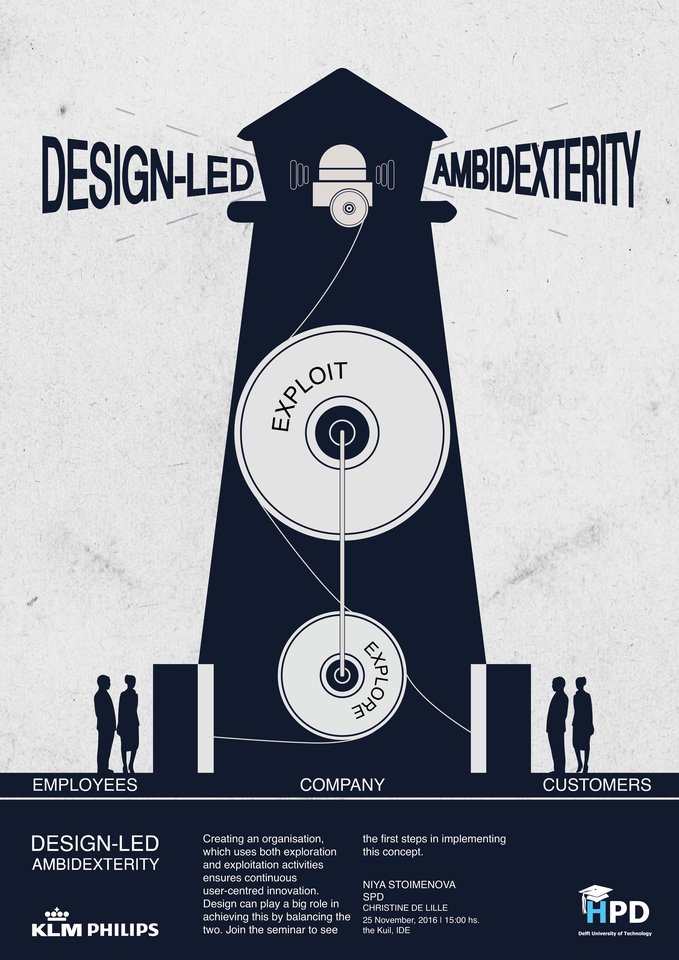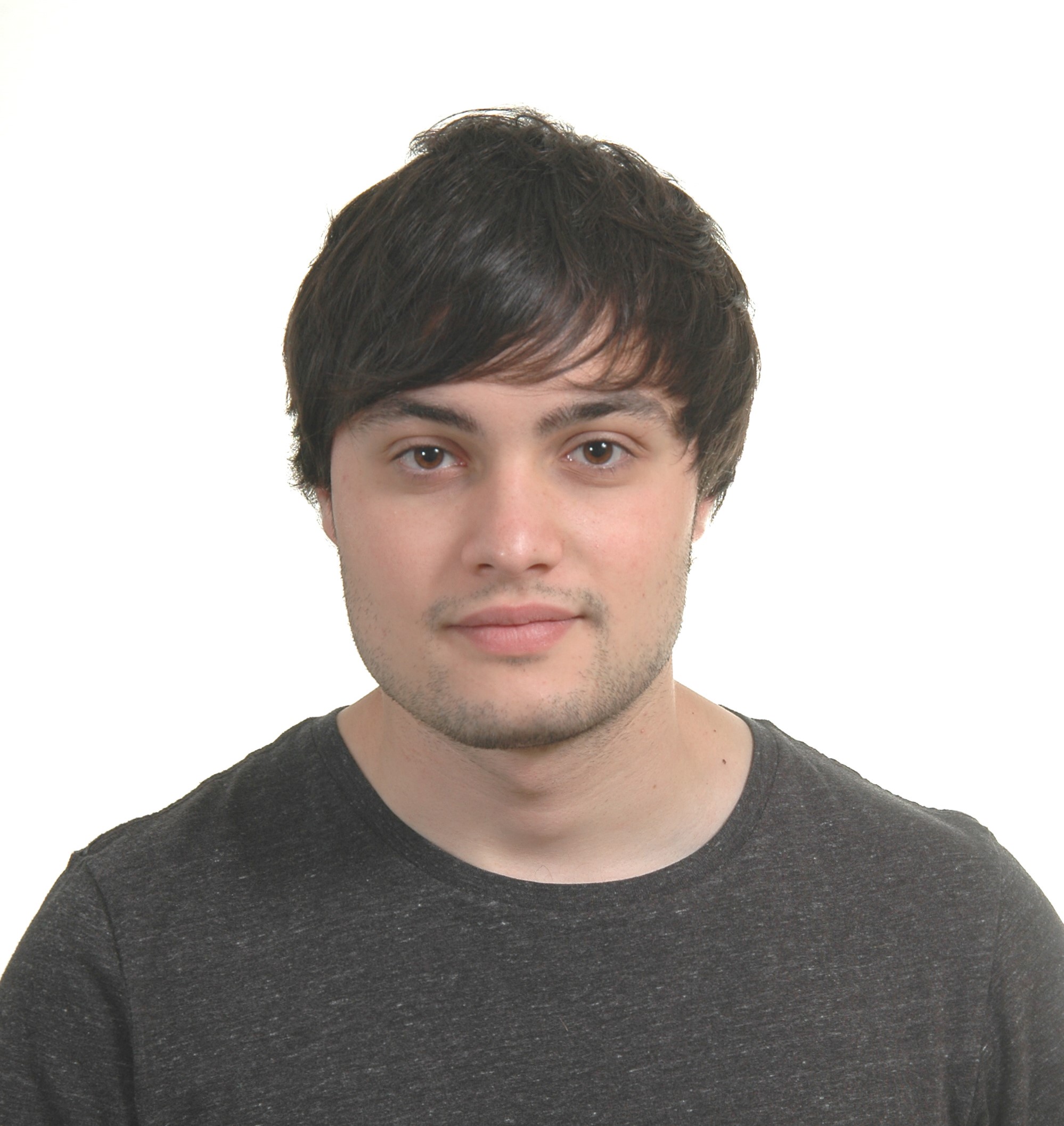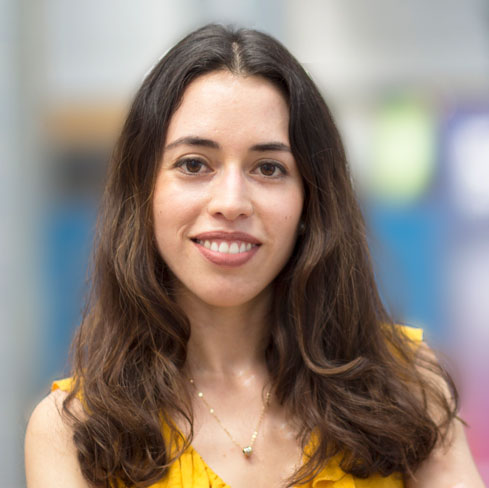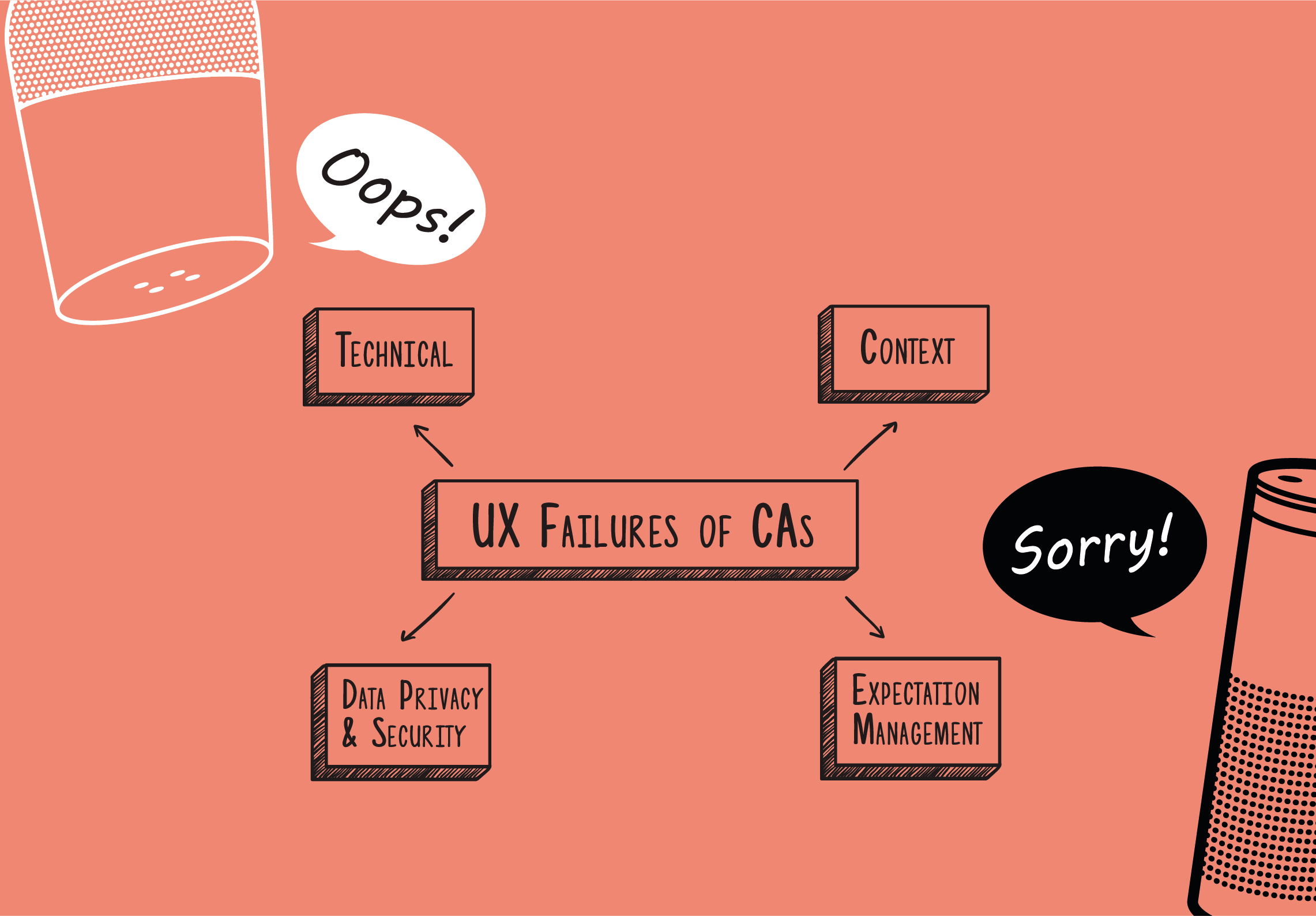Finished projects
To blow up the bubble: Framing loneliness to foster social transitions
Nowadays we are facing a complex ‘Loneliness epidemic’, sprung by prominent features of the postmodern age. Such condition is usually treated as a social taboo and it is widely experienced by individuals of every age. Thus, the goal of the research is to explore and frame loneliness within contemporary society and to envision strategies to address this problem from an institutional perspective.
Coach: Ingrid Mulder
I joined the Honours Programme so that I could put together academic knowledge, research and personal interests.
Federico Rita (DFI, HPM-13)
Community well-being in organizations
Coach: Maaike Kleinsmann
The focus of the study is on exploring how to build well-being inside an organization. This project doesn't centre on individual well-being, the aim is to explore well-being within a team. Understanding that teams are ubiquitous in organizations (Devine et al,1999). They are structured in a way that teams become relevant to make them function and meet their objectives. Therefore, the exploration is centred on building community well-being inside an organization.
Sensorial memory to map experience
Coach: Arnold Vermeeren
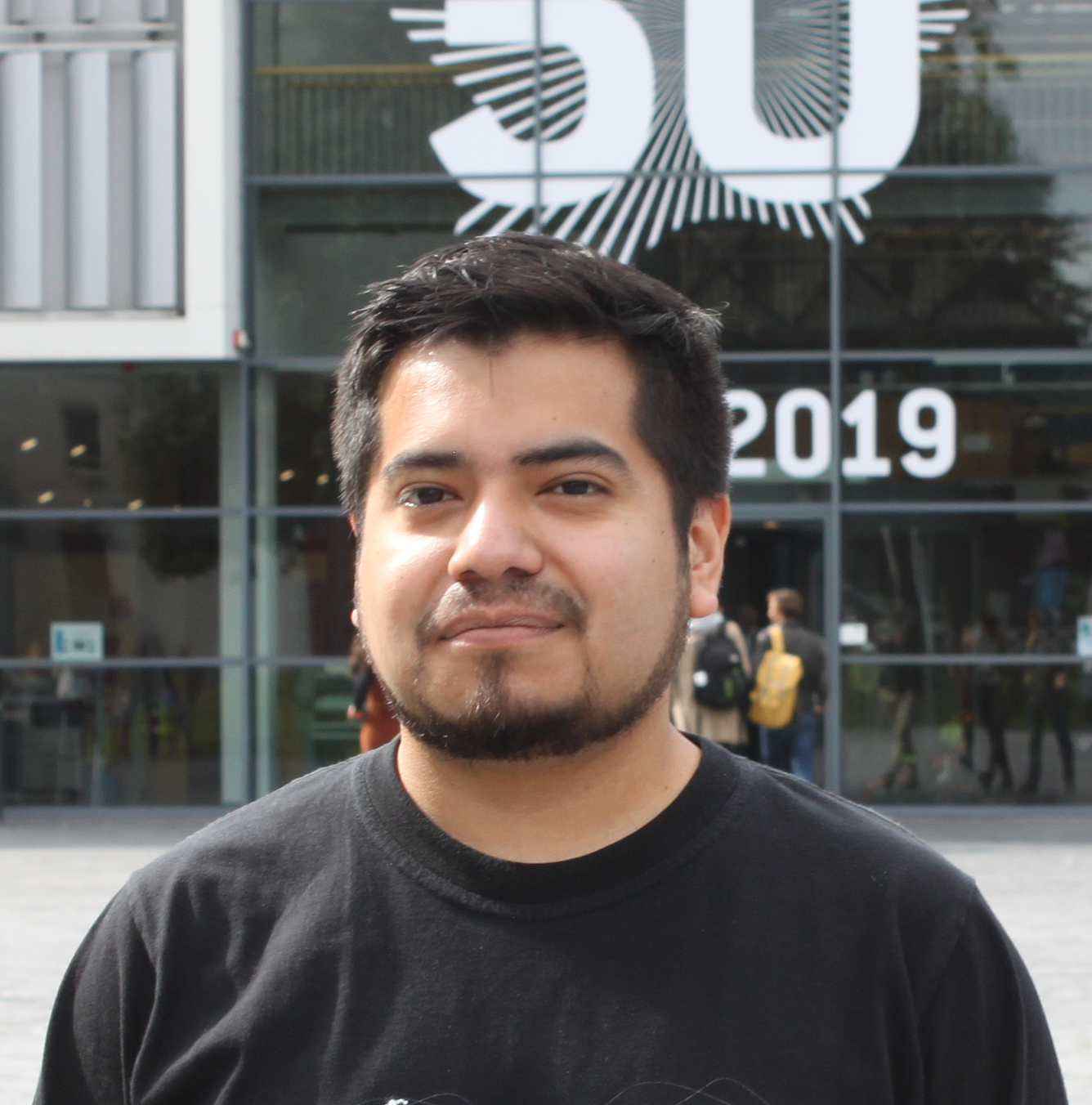
César Lucho (DfI, HPM-14)
Since the moment we are part of a community, group or society, we adopt their traditions, expressions and therefore, their culture and the manifestations of it. This process was happening (and still is happening) to each one of us. This phenomenon affects an important aspect of what makes us living beings: Senses. The goal of this research is to understand how our sensorial memory shaped by the societies we belong can be used to understand our interactions, dynamics and attitudes towards different experiences.
Crowdsourcing healthcare
An investigation about the use of health social network within the context of chronic care management.
Coach: Maaike Kleinsmann
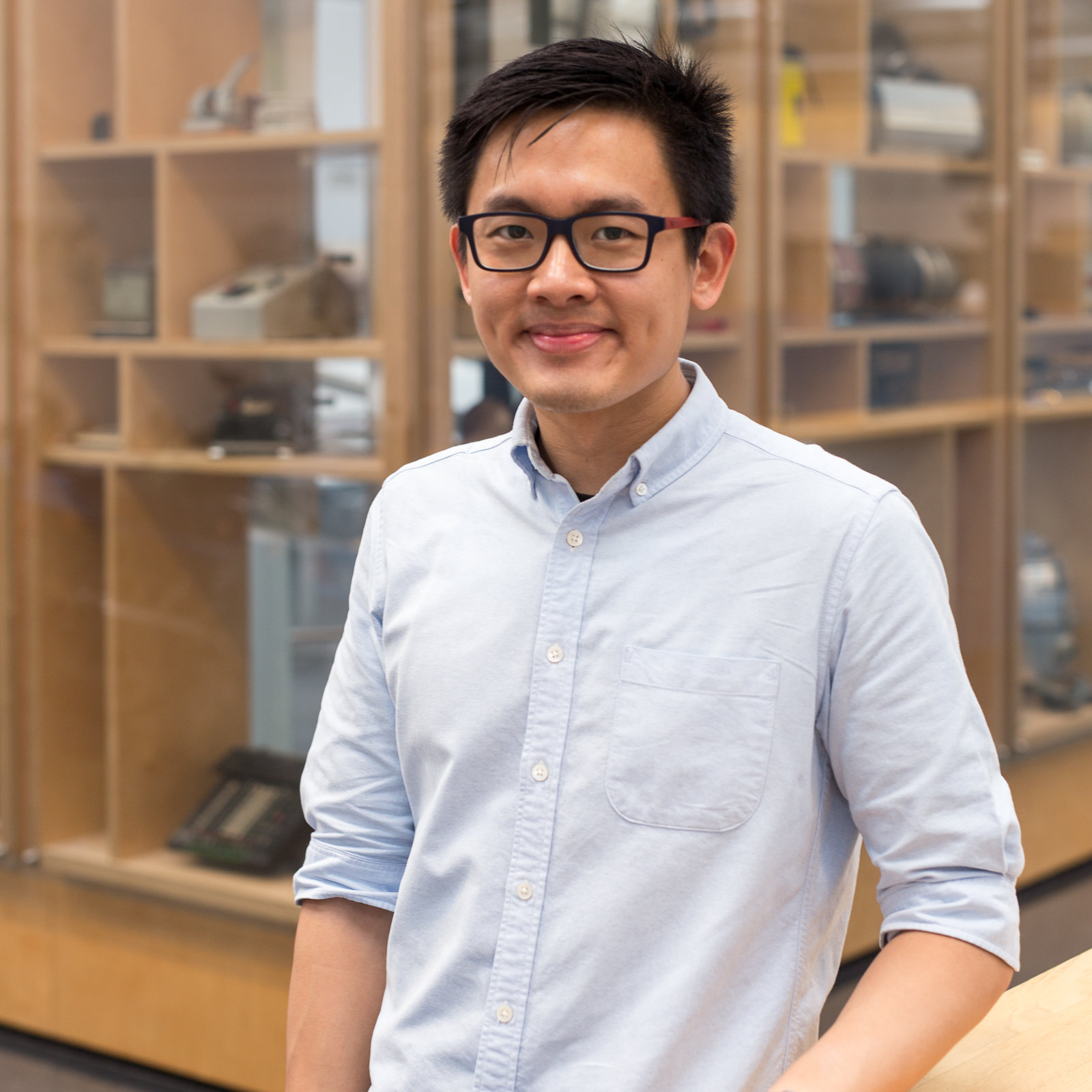
I started the Honours Programme to grow a deeper understanding about future healthcare innovations in which design methods and strategies can play a part.
Yee Jak Khaw (SPD, HPM-11)
Family businesses in the service sector
Small longstanding family businesses in the service sector were usually not born from a strict business plan but have grown with time. Consequently, they often strongly rely on the founder for decision-making and as a knowledge base. How can classical methods for assessing and streamlining businesses be adapted for the succession of these businesses?
Coach: Giulia Calabretta
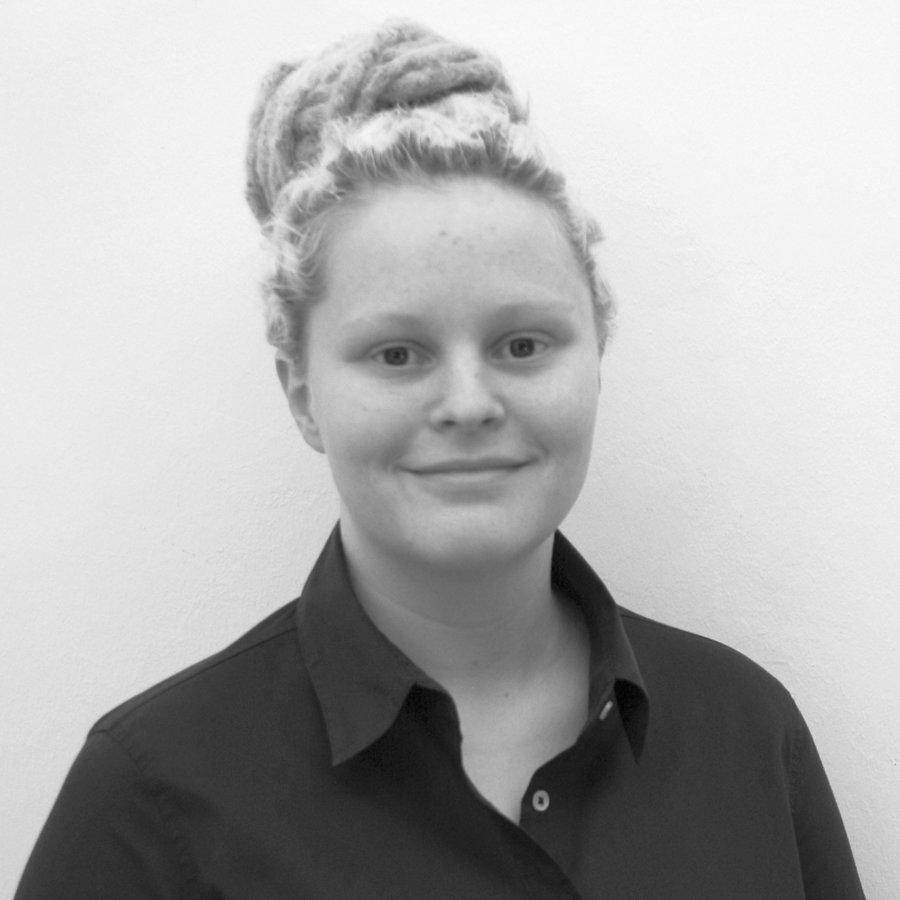
I want to learn more about businesses, acquiring knowledge that is not covered in my studies, personal interest in the topic
Carola Breuer (DFI, HPM-11)
The continuous behaviour cycle
People are surrounded by objects, and those, like it or not, alter our behavior. We designers have two options: Ignore this fact or accept our responsibility and design having in mind the behavior we might shape. This project is about a six-step cycle that every designer should consider when designing continuous behavioral driven products or services.
Coach: Paul Hekkert
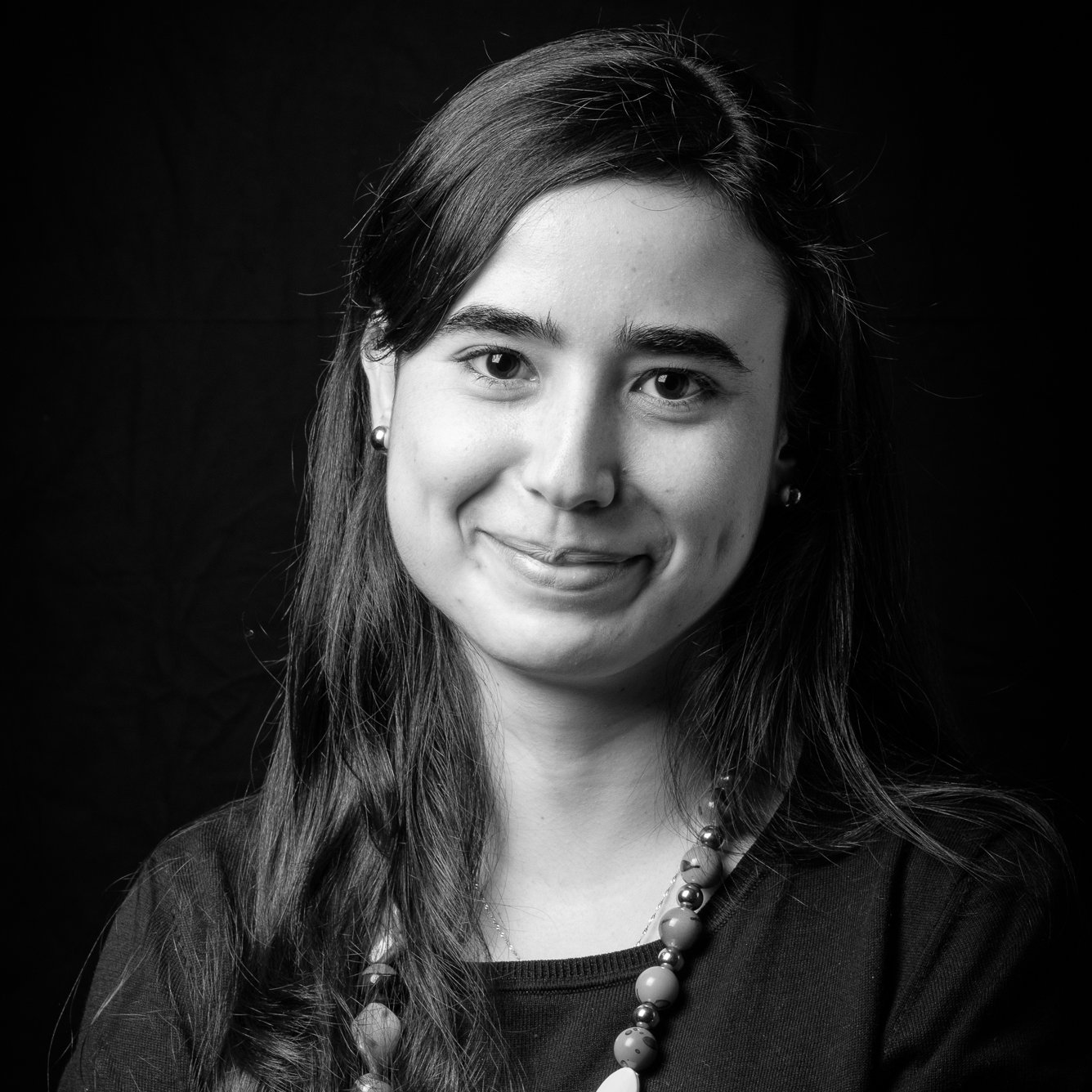
How design influence behavior should be essential knowledge for all designers. Unfortunately, it is still not part of the general design studies. Thus, I thought about the Honors Program as a great opportunity to learn more about the subject.
María Arias Arias (DFI, HPM-11)
Failover strategies for A.I. from a design perspective
As we are entering deeply in a completely digitalized era, smart products are becoming an integral part of our lives. From Alexa to Siri, AI products are starting to be ubiquitous. But what happens when they fail? How can we define the “failover” of a smart system so we can act upon and improve its design?
Coach: Gerd Kortuem
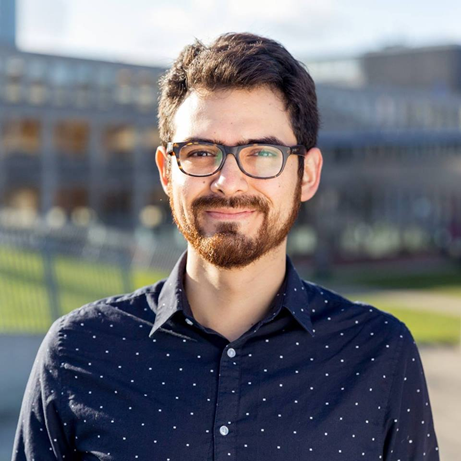
I joined the Honours Programme to understand the research process from a design perspective and how this can help us create intuitive technology.
Mario Alberto Sosa (SPD, HPM-13)
Social robots
Looking at why companies are failing in launching social robots on the market. Focus specifically on social robots for domestic purposes. With this problem I do not only look at the side of the customers, but also look at the organisation of the companies.
Coach: Jo Geraedts
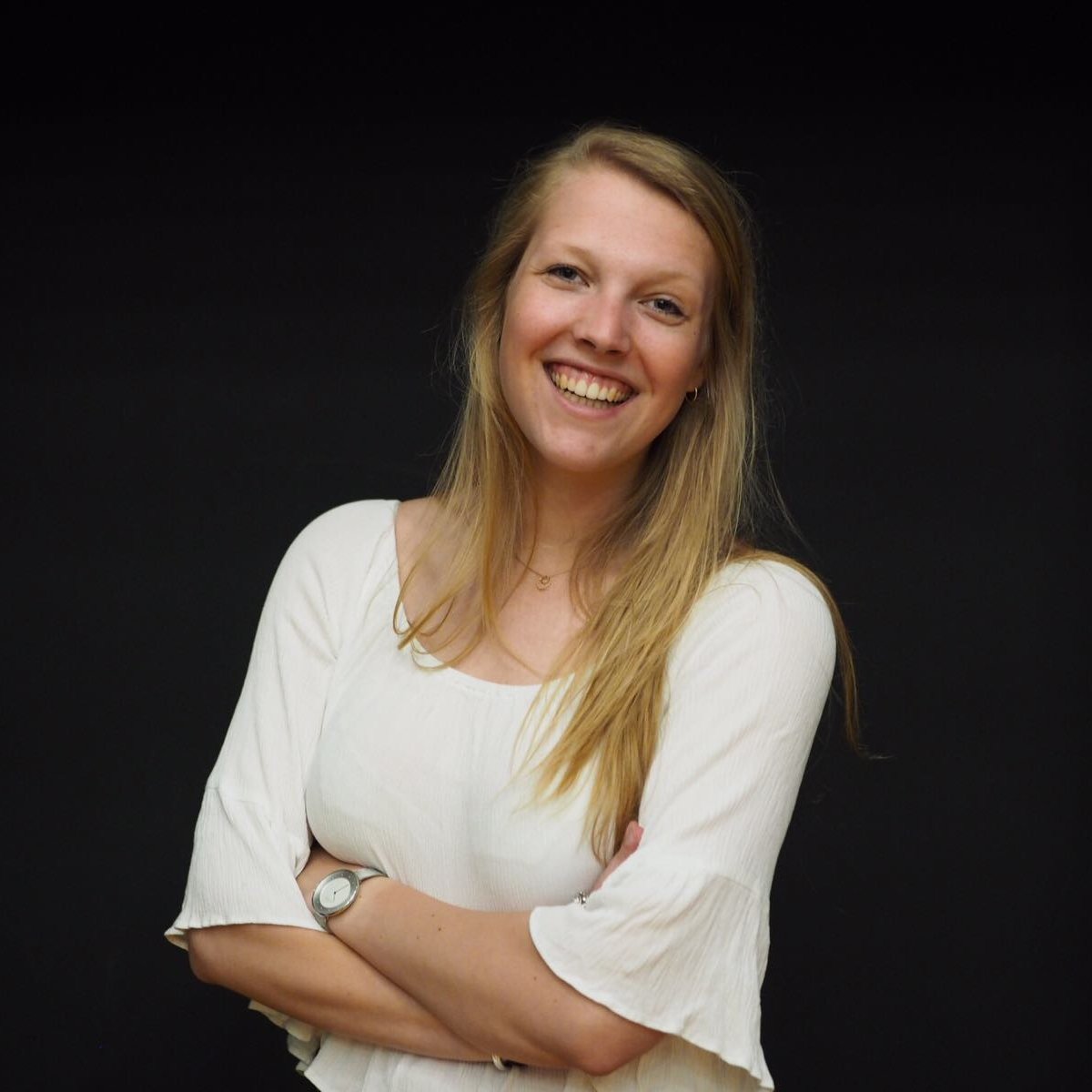
I started the Honours Programme so that I could look into the field of robotics from an IDE perspective.
Josefien Scholtes (SPD, HPM-11)
Job Choice Map
Organizations are increasingly interested in building firm cultures that stimulate knowledge transfer and foster investment in human capital. Human capital is seen as vital resource for companies. For instance, a person’s fit with the organization (PO-fit) positively influences turnover intentions and work commitment. Not surprising, the industry and academia try their best to understand the needs and characteristics of the new generation in the job market. However, most of the existing literature on vocational choice theory is based studies of the prior generation, Generation X. While a substantial body of literature provides guidelines to companies how to improve the selection of job seekers and how characteristics of individual’s fit influence performance at work, little guidance has been provided to individuals.
Therefore, aim of the research was to provide insights on how Millennials can choose the ‘best’ job for themselves. Building on past research, I developed a framework that illustrates key aspects of career decision making and integrates them into existing vocational choice process models. Job seekers can use the framework to get a better understanding of how they approach the job choice process, to strategically plan, and to evaluate job options.
Coach: Giulia Calabretta

I always have been interested in choice and decision making. However, there are many decisions one can take in various contexts. One reason for me to do the honour project was also to find out, which context I would be interested in, that is: which field do I want to research. I started on a macro-level, soon realised that the micro-level might be more relevant for my research.
Agnes Günther (SPD, HPM-09)
Electroluminescence
My research was about applying electroluminescent inks on curved surfaces. In the end I designed an application, to show designers the possibilities of this new technology.
Coach: Kaspar Jansen

I wanted an extra challenge in the technical aspects of design and I was missing this in my regular courses
Annemarijn Steijlen (IPD, HPM-08)
Design-led Ambidexterity in big companies
By 2027, 75% of all Fortune 500 companies will be gone. In such context occasional spurs of innovation are not enough anymore. Companies need to be able to continuously create meaningful (human-centered) innovation or die. The construct I introduced, design-led ambidexterity, allows firms to do just that. It was developed based on my work for KLM, Philips and Barco.
Coach: Christine de Lille
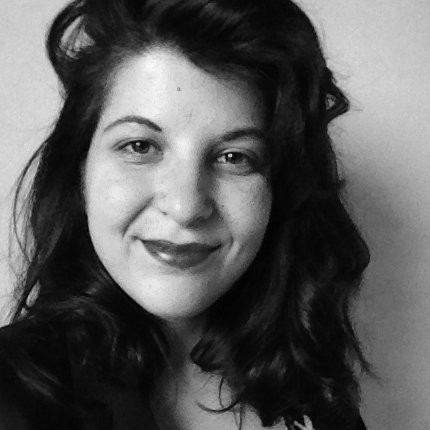
I wanted to further explore the possibilities of organizational design and needed to work on something challenging.
Niya Stoimenova (SPD, HPM-09)
Connect to the HERE & NOW
In this project a self-exploratory organizer is created to enable users to connect to their "here and now" and be in balance.
Coach: Ingrid Mulder

Exploring topics that were not covered by my master programme
Joana Portnoy (SPD, HPM-09)
Designing with things
So far, design theory and approaches have mainly focused on people, but with IoT coming up HCI researchers are pleading for a more object-oriented focus. I aimed to explore and develop an approach that enables objects to tell their stories and in that way provide valuable information on their use to designers.
Coach: Elisa Giaccardi
I started the Honours Programme to further explore my interest for research and to be able to work on a topic that is of my interest, but not addressed in the master curriculum.
Geertje Slingerland (DFI, HPM-09)
Flourishing organisations
A tool to measure and visualize the qualitative aspects of an organization that drive human flourishing
Coach: Frido Smulders
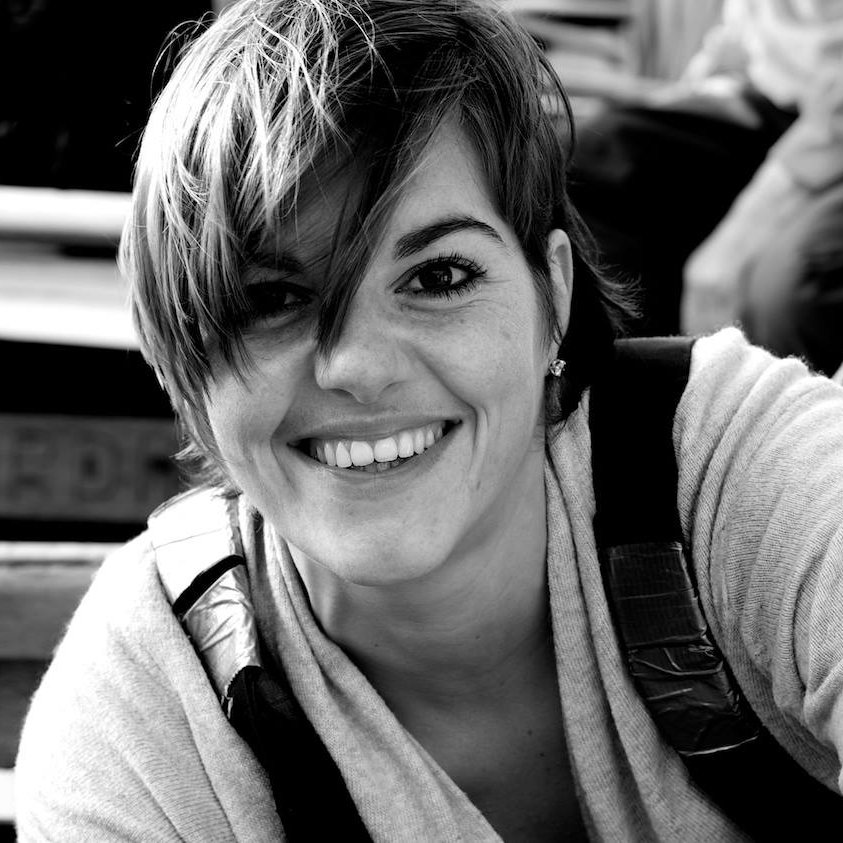
I am fascinated by change, people and human potential. How can we get the best out of people, how can we change our behavior and how can we as designers contribute and steer such a change. I created this model to get a better understanding of the elements that are important in a social organization.

